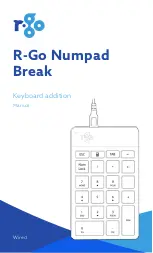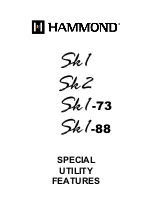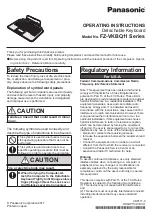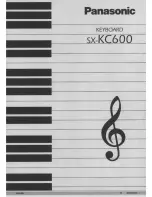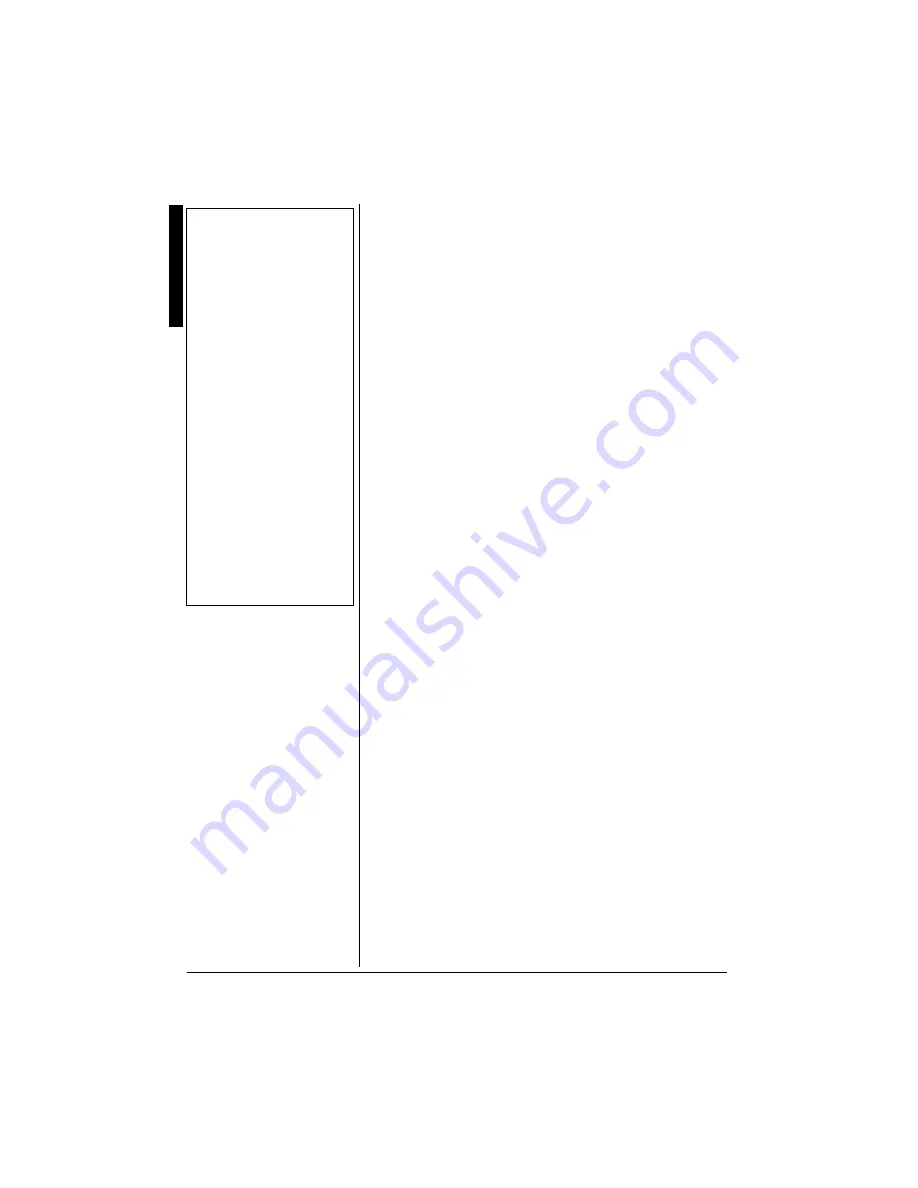
U
s
ing Les
son
Mode
8
75+0)
.'5510
/1&'
The keyboard’s lesson mode helps you
follow along with any of the prerecorded
tunes, even if you have no experience
playing a keyboard. The keyboard lets you
play along with one finger at first, then use
normal fingering at a slow tempo, then finally
normal fingering at full speed.
±
The prerecorded tune numbers 00 through
84 contain the accompaniment part, and
tune numbers 85 through 99 are for two-
handed play.
1. Press
SONG
. The SONG indicator lights
and the currently selected song number
appears.
2. Look up the number of the tune you
want to play in the song list and input its
two-digit number. Precede a single-digit
number with 0. For example, to select
07 (“I Just Called to Say I Love You”),
press
0 7
.
If you enter an incorrect first digit, press
SONG
to clear your entry, then enter the
correct digit.
3. Select the step you want to take;
STEP
1
,
STEP 2
, or
STEP 3
, then press that
button. The corresponding indicator
lights.
Step 1: Easy Play
After a count sounds (and the intro
measures if the selected tune has intro
measures), the keyboard waits for you
to play the first note. Press either
ONE
KEY PLAY
button. The keyboard plays
the first note of the melody for an auto-
accompaniment tune or the right hand
part for two-hand tunes and the auto-
accompaniment or the left hand part.
Keep on pressing either
ONE KEY PLAY
button in time with the music. You might
want to use two fingers to press either
ONE KEY PLAY
button alternately for
tunes that have rapid tempo.
Step 2: Slow Play
After a count sounds (and the intro
measures if the selected tune has intro
measures), the keyboard waits for you
to play the first note. Press the keys as
they light. The accompaniment (left
hand) part of the tune follows along as
you play the melody (right hand) part.
You can play at the pace you want, as
the auto-accompaniment or left hand
part waits until you press the correct
key. The key for the next note flashes,
and lights when you play the note.
±
Step 3: Normal Play
At this level, the keyboard’s keys still
light, but they no longer wait for you to
press the correct key. The
accompaniment part or left hand part is
played at normal speed, no matter what
you play (or do not play). Try not to
delay the accompaniment – you can still
slow down the tempo using
TEMPO
¹¹¹¹
if
the normal speed is still too fast for you.
Press
TEMPO
¼¼¼¼
and
¹¹¹¹
at the same
time to return the tempo to its initial
preset setting.
4. To stop the session, press
START/STOP
.
The STEP indicator turns off.
The keyboard is still in the lesson mode,
so you can restart the lesson by
pressing
STEP 1
,
STEP 2
, or
STEP 3
.
To exit the lesson mode and return to
normal mode, press
SONG
.
You can press
ONE KEY PLAY
,
STEP 1
,
STEP 2
, and
STEP 3
any time to enter
lesson mode and start practicing,
except while a demo tune is playing (in
which case the previously selected tune
starts). The first time the keyboard is
turned on, it automatically selects song
00 (“My Heart Will Go On”).
±
In the Normal Play mode (Step 3), the
applicable key remains lit as long as its
note plays. The key for the next note to
be played does not flash. Keys light
when their notes start to play.
• For the accompaniment, the root
note and other notes that form the
chord alternately light. For example,
for the chord C-E-G, the C key and
E/G keys light alternately.
• Some tunes use chords (such as C6)
that cannot be played with the
FINGERED setting. In the
FINGERED mode, even if you finger
the chords according to the keys that
are lit, chords might sound differently
from the ones produced during demo
play.
2
.#;+0)
6*'
.
'(6
*
#0&
2
#46
Once you master the right-hand part of the
two-hand tunes (85 through 99), you can
practice the left hand part.
±
1. Press
STEP 1
,
STEP 2
, or
STEP 3
. The
corresponding indicator lights.
2. Press
PART SELECT
. After a count beat
sounds, the right-hand part starts to
play and the keys for the left-hand part
notes flash.
Repeatedly press
PART SELECT
to
alternate between left-hand and right-
hand modes.
3. To stop playing the melody, press
START/STOP
. The indicator goes out.
±
016'
±
Using Lesson Mode
•
When using a two-hand tune, the note
lengths are not indicated in easy play and
slow play modes (Step 1 and Step 2). The
key light goes out as soon as you press the
correct key and the next note’s key flashes.
•
You might not be able to see the keyboard
keys light under direct sunlight or in other
brightly lit areas.
•
You can also press any key on the
keyboard instead of ONE KEY PLAY. You
do not have to worry about pressing the
correct key, just concentrate on pressing
the key in time.
•
The rhythm (percussion) part does not
sound during slow play.
•
Up to four keyboard keys can be lit at the
same time.
•
When using an auto-accompaniment tune,
the lights indicate which note to play and
how long that note should be played. A key
with a steady light is the one you should
play, and it stays lit for as long as the note
should last. A key with a flashing light
indicates the next note you play.
•
When a key light goes out momentarily then
lights again, it indicates that the same note
should be played in succession.
Playing the Left Hand Part
•
PART SELECT works only in lesson mode.
•
To check which part is active now, press
STEP 3. The keys at either end light to
show you the current mode setting. Press
STEP 1 or STEP 2 to return to the level you
want, if necessary.
Содержание LK-1161
Страница 12: ...12 Standard Fingering Chord Charts...
Страница 13: ...13 Standard Fingering Chord Charts...

















